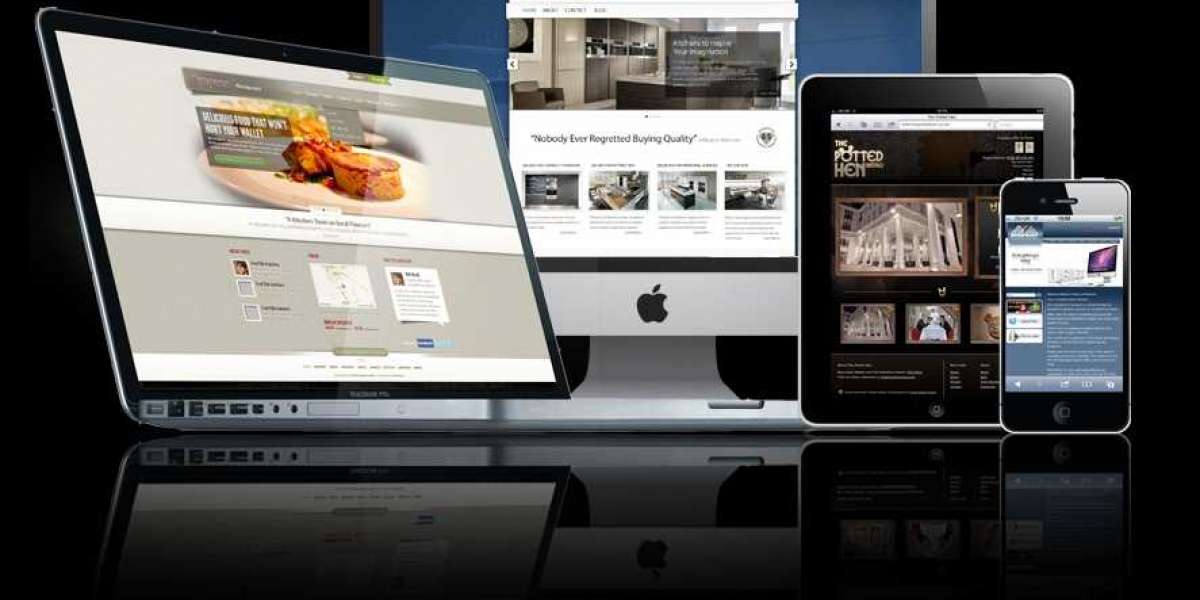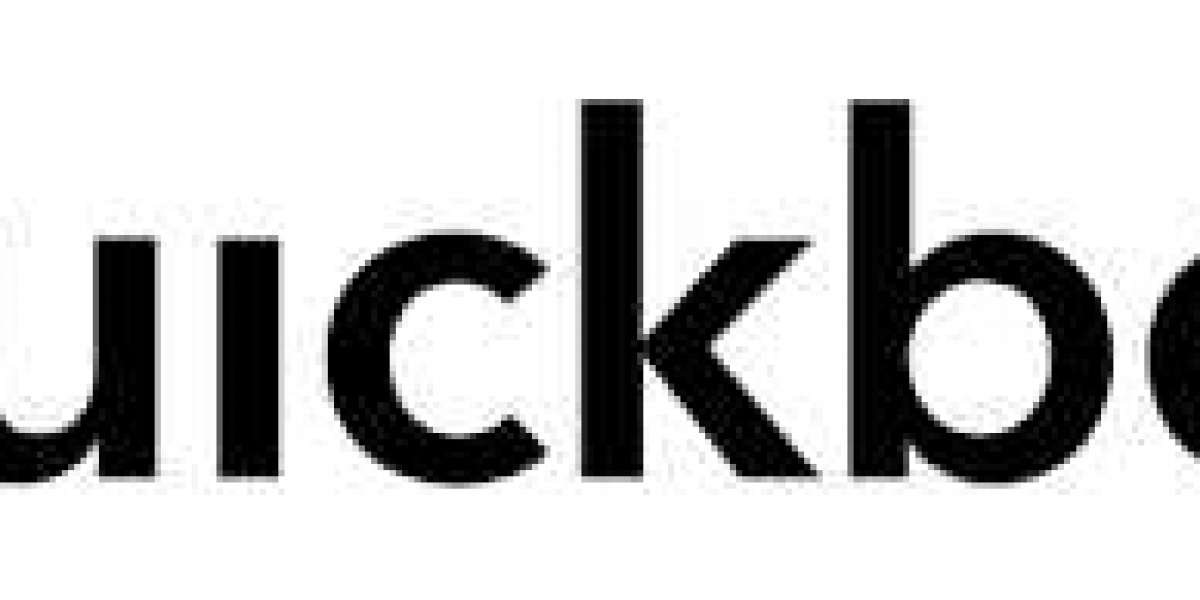You know your business needs a website. But when you start researching options, the choices can feel overwhelming. On one end, there are DIY website builders that promise a professional site for a low monthly fee. You try them, but the results often look generic, feel clunky, and fail to capture what makes your business unique. On the other end, you receive quotes from agencies for tens of thousands of dollars—a figure that's simply not in the budget. This leaves you stuck in the middle, wondering if it's possible to get a high-quality, custom website without a massive financial investment. The good news is, it absolutely is. The key lies in a strategic approach that focuses your resources on what matters most. By understanding the process and knowing where to be flexible, you can partner with creative website designers to build an affordable custom website that effectively represents your brand and drives growth.
Redefining "Custom" for Your Budget
The word "custom" often brings to mind a project built entirely from scratch, with every element uniquely coded. While that is one approach, it is also the most expensive. For most small to medium-sized businesses, a truly effective and affordable custom website exists in a middle ground. It's about customization within a smart, existing framework.
Think of it like building a house. A fully bespoke, architect-designed home is incredibly costly. A more affordable—yet still custom—approach is to work with a builder who uses a proven set of floor plans. You then customize the finishes, paint colors, cabinetry, and layout to make it uniquely yours. The structure is sound and efficient, but the final product feels personal and perfectly suited to your needs.
In web design, this means starting with a robust, pre-built platform or theme and then customizing it heavily. Professional web design services often use powerful tools like WordPress with premium themes, or frameworks like Webflow, as their foundation. This approach offers the best of both worlds: the stability, security, and cost-effectiveness of a proven system, combined with the unique branding and functionality your business requires. The "custom" part comes from the strategic design, tailored content, and specific features that solve your business problems, not from writing every single line of code from a blank slate.
Strategic Planning: The Blueprint for an Efficient Project
The single biggest factor in controlling costs is thorough planning. Rushing into the design phase without a clear blueprint is a surefire way to encounter scope creep, change orders, and unexpected expenses. A well-defined plan acts as a roadmap, keeping the project on track and on budget.
Start with a Clear Goal and Audience
Before you ever talk about colors or layouts, you and your designer need to answer fundamental questions:
- What is the primary goal of this website? Is it to generate leads, sell products directly, build your email list, or establish credibility?
- Who are you trying to reach? Be specific about your ideal customer. What are their pain points, and what language do they use?
When you can clearly state, "This website is designed to convince local homeowners aged 40-60 to request a free landscaping consultation," you give your designer a measurable target. This focus prevents wasted effort on features or pages that don't serve the core objective.
Create a Content-First Mindset
One of the most common and costly mistakes is designing a website with placeholder text (Lorem Ipsum) and hoping to fill in the real content later. This almost always leads to a design that doesn’t fit the actual content, requiring expensive revisions.
A "content-first" approach flips this process. You write (or at least outline) the key messages for your homepage, services page, and about page before the designer starts their mockups. This ensures the design is built to showcase and emphasize your specific content. It creates a harmonious relationship between words and visuals, resulting in a more effective and coherent site. It also drastically reduces the back-and-forth during the revision stage, saving both time and money.
Making Smart Choices About Features and Functionality
It's easy to get excited about fancy features like animated graphics, complex filtering systems, or custom-built membership portals. However, every added feature increases development time and cost. The key to an affordable custom website is ruthless prioritization.
The MVP Approach: Start Simple, Scale Later
Adopt a Minimum Viable Product (MVP) mindset. Your initial website should include only the core features necessary to achieve its primary goal and provide a great user experience. Ask yourself for every potential feature: "Do we need this for launch, or is it a 'nice to have' for the future?"
For example, a restaurant's website MVP needs a menu, hours, location, and a reservation system. A complex loyalty program or an interactive game can be added in a later phase after the site is generating revenue. A consultant’s MVP needs a clear description of services, a bio, client testimonials, and a contact form. A full-scale resource library with member logins can be version 2.0.
This phased approach gets your professional-looking site live faster and within budget, allowing it to start working for you immediately. You can then reinvest profits into adding more advanced features down the line.
Leverage Third-Party Integrations
You don't always need to build something from scratch. For common functionalities, it is far more cost-effective to integrate with best-in-class third-party tools. Need an email list? Use Mailchimp or ConvertKit. Need e-commerce? Use Shopify or WooCommerce. Need appointment booking? Use Calendly or Acuity Scheduling.
A skilled custom web design company can seamlessly integrate these tools into your site's design, so it feels like a native part of the experience. This gives you powerful, reliable functionality at a fraction of the cost of custom development.
Choosing the Right Partner for Your Project
Your relationship with your designer or agency is crucial. Finding the right partner means looking for more than just a low price; it means finding value and a shared understanding.
Look Beyond "Website Design Near Me"
While searching for "website design near me" can feel practical, it unnecessarily limits your options. The best creative website designers for your project could be in the next city over or even in a different time zone. Modern collaboration tools like Zoom, Slack, and shared project management software make working remotely seamless. By broadening your search, you open yourself up to a wider range of talent, expertise, and pricing models. You can find specialists in your industry or designers whose portfolio truly resonates with your vision, regardless of their physical location.
Evaluate Portfolios and Process, Not Just Price
When reviewing potential designers or agencies, dig deeper than their hourly rate or project quote. A low price is meaningless if the process is disorganized or the final product is poor.
- Scrutinize their portfolio. Do their past projects look modern and professional? Do the websites function well on a mobile phone (this is non-negotiable for responsive website design)?
- Ask about their process. How do they handle communication and revisions? What is included in their pricing? A transparent, structured process is a sign of a professional who values efficiency and clear expectations, which directly contributes to an affordable and successful project.
A professional web design team will see themselves as your partner. They will ask strategic questions, challenge your assumptions to save you money, and guide you towards solutions that offer the best return on investment. They are not just order-takers; they are consultants invested in your success.
Building an affordable custom website is not about cutting corners. It's about being strategically frugal. It's about investing your budget in the areas that have the greatest impact—clear strategy, quality content, and a user-friendly design—while using smart, efficient methods for the rest. By planning meticulously, prioritizing features wisely, and choosing a design partner who understands your goals, you can launch a website that looks expensive, performs brilliantly, and fits your budget. The right website is a powerful business asset, and with these tips, it's an asset that is well within your reach.








